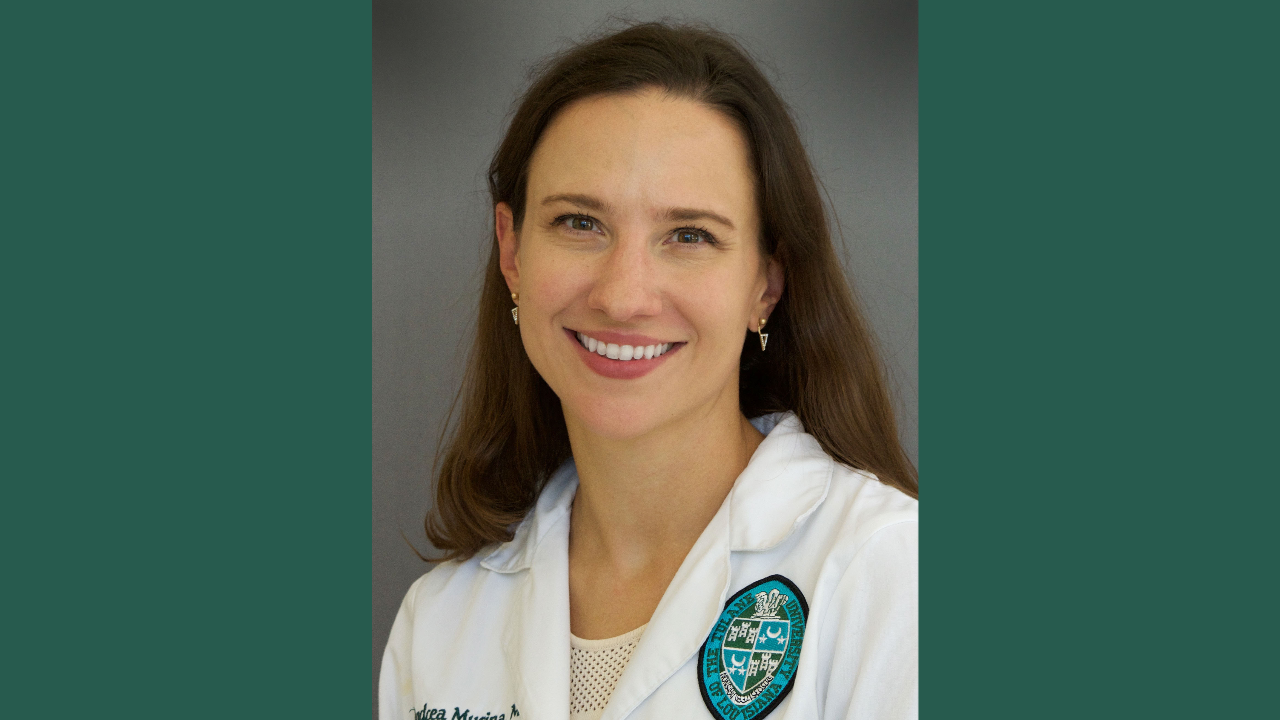Newly revealed data suggests rates of a rare skin cancer is increasing in Louisiana
A Tulane dermatologist noticed an uptick in patients coming in with a rare skin cancer, which led her to investigate what could be contributing to the increase.
Cutaneous T-cell lymphoma (CTCL), a rare type of lymphoma that presents in the skin has been on the rise in Louisiana for the past 10 years. Andrea Murina, MD, Associate Professor of Dermatology and Dermatology Residency Program Director at Tulane University School of Medicine, recently investigated the numbers of cases of CTCL in Louisiana. Murina says an increasing number of patients are being diagnosed with CTCL year to year. The investigators wrote up their findings in a research letter for JAMA Oncology.
“Dermatologists are often the first specialists to diagnose and treat patients with cutaneous T-cell lymphoma, which is unique because it is a lymphoma that appears on the skin,” Murina said. “I’ve been seeing the number of patients affected by this in the New Orleans area increase over the years, so we decided to do some research and contact the Louisiana tumor registry to take a closer look at the numbers in Louisiana. We had a hint that certain populations could have higher rates of CTCL.”
According to Murina, CTCL can sometimes be mistaken for eczema or psoriasis before it’s properly diagnosed, which leads to delay of diagnosis and patients diagnosed as a later/higher stage.
“CTCL is very rare, but we have two specialty cutaneous lymphoma clinics in New Orleans and we see people from all over the Gulf South region. We have a high demand for new patients, which made me curious to take a deeper dive into what the incidence rates are in Louisiana.” Murina said.
To collect more information on CTCL rates in Louisiana, Murina and her team gathered data from the Louisiana tumor registry and electronic health records from two New Orleans clinics. They used sex, age, race, age at diagnosis, year of diagnosis, CTCL primary site and behavior data to conduct a population analysis.
Although the researchers weren’t able to confirm a direct link to what’s causing the increase, they did discover that that African American patients with CTCL had greater odds of being diagnosed in a later stage of the disease than white patients. They also discovered that age, race, and ethnicity were not significantly associated with CTCL subtypes.
“We also looked at clusters in Louisiana to see if there were geographical regions where CTCL is more common, and it turns out that in Louisiana, the incidence is clustered in certain regions of the state,” Murina said. “This led us to believe that the increase could be related to the environment, so we looked at the relationship to the known benzene and tricholoroethylene levels in the air of these high-risk regions, but we found no correlation.”
To find out what’s causing the clusters to grow, Murina says the next steps are to revisit the data and find different commonalities among the patients, like what jobs they have and the industries in which they’ve worked
“The fact is, the clustering phenomenon still exists, and we suspect that it's something environmental leading to additional cases beyond the normal rate that we would expect in certain regions of Louisiana.”

